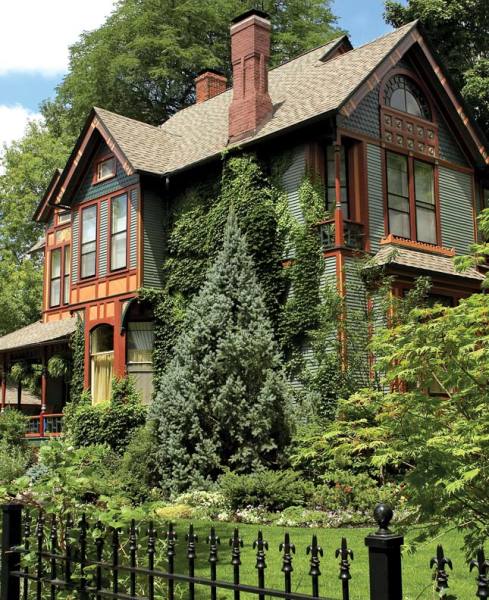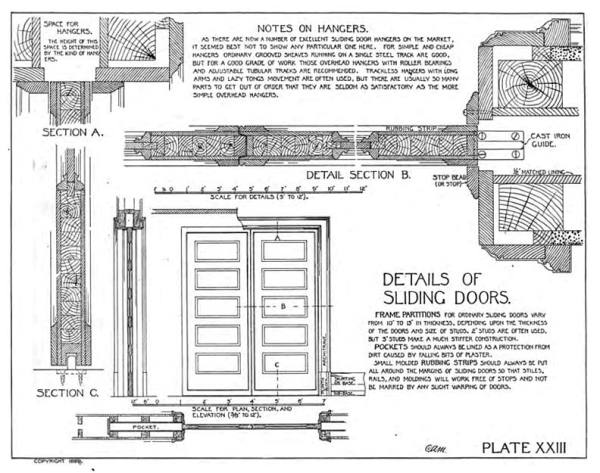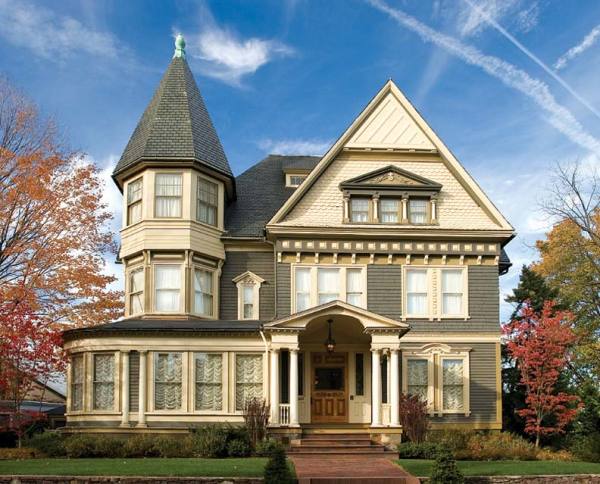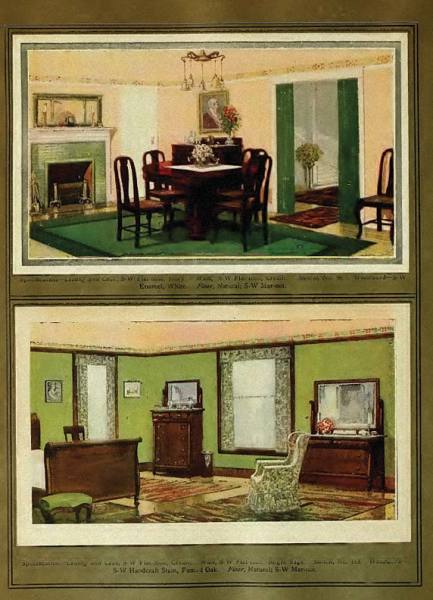
Old books and magazines, now available online, can give insight into how period homeowners would have decorated. (Photo: Photogl/Fotolia.com)
As an Amazon Associate, we earn from qualifying purchases made through affiliate links.
One of the pleasures of owning and renovating an old house is uncovering long-hidden artifacts that make its history come alive. Written source materials from the time your house was built—how-to books, decorating magazines, local newspapers—have that same power, but until recently, anything that was out of print (which was almost everything) lay buried deep in libraries and historic societies or hidden in used bookstores.
But thanks to the heroic efforts of a small army of librarians, archivists, programmers, and scanner operators, those source materials—millions of original books, periodicals, and newspapers from the 19th and 20th centuries (and earlier)—are now available online exactly as they were first printed, including a treasure trove of information about architecture, decorating, woodworking, landscaping, and other old-house subjects.

An idea from a 1910 House and Garden article entitled “The Right Use of Evergreens” (bottom) put into practice. (Photos: Taco Jim/istock.com; Eric Smith archives)
You can browse through all 15 years of Gustav Stickley’s magazine, The Craftsman, then print out original measured drawings of his now-classic home and furniture designs. Get state-of-the-art advice, circa 1881, on colors and painting techniques for Victorian houses from John W. Masury’s House-Painting, Carriage-Painting, and Graining (What to Do, and How to Do It). See how well-to-do suburban homeowners in the early 1900s landscaped their yards in the pages of Country Life in America magazine. Learn how to adjust an old pocket door or build a rolltop desk in Jobbing Work for the Carpenter (Edward Crussell, 1914). Or just get caught up on the issues of the day a century ago in your local newspaper.
All of these historic resources are available at no cost, courtesy of online archives that scan books by the ton; convert the old print to searchable, digitized text; and store them for posterity, with public domain material available for reading or downloading. The largest of these archives are Google Books, HathiTrust, the Internet Archive, and the Library of Congress’ Chronicling America project.
Google pioneered industrial-scale book scanning, and much of the content in HathiTrust and Internet Archive was originally scanned by Google, which means there’s considerable duplication. However, searching all three archives is definitely worthwhile: Identical keyword searches on the three sites can produce different results, and the same book may appear as a better-preserved version or later edition on one site versus the other. The archives also use different interfaces: Books on Google are read by scrolling, with live links in the table of contents. HathiTrust books give you a choice of clicking an arrow, scrolling, flipping, or looking at page thumbnails. Internet Archive has the best reading experience, with an almost full-screen interface that allows you to either flip pages or jump ahead to specific pages using a slider along the bottom. The default choice at all sites is the scanned version of the original, not the often-garbled digital version.

Many old carpentry manuals, such as 1899’s Details of Building Construction, include helpful drawings of period features like pocket doors. (Photo: Courtesy of Internet Archive)
On all of the sites, books that are public domain (printed before the current cutoff date of 1923 or not copyrighted) can be read online, downloaded, and printed out or saved as high-quality PDFs. Copyrighted books are cataloged on Google and HathiTrust and can be searched and sometimes sampled, but must be purchased or borrowed at a library. You also can download e-book versions from Google or Internet Archive (you’ll find many of them already on your Nook or Kindle if you search for free books), but unlike computers, e-readers don’t easily display original text pages. Instead, they show plain-text versions created by optical character recognition programs, which, while searchable, often garble words and drop images, especially in older books.
Getting Good Results

Late 19th-century painting advice (as from Artistic House Painting, 1895, bottom) often recommended colors that blended with the surrounding landscape. (Photos: Kickstand/istock.com; Courtesy of Internet Archive)
Each archive has a slightly different search function, but all have common elements and are fairly intuitive to use. Since HathiTrust and Internet Archive search by title and subject, use general terms like “carpentry” or “house furnishings” instead of specific ones like “porch railings” or “tin ceiling.” On Google Books, which searches the full text of the book, you can use either. (HathiTrust also offers the option of full-text search.) The key to finding useful information in the archives is to narrow the search to books published within a range of years.
Search similar words or phrases; for instance, “house furnishings” and “home furnishings” will produce different results. Use period language for searches—“parlor” instead of “living room,” “porch” instead of “deck,” “cellar” instead of “basement.” If you find one good title, check the other archives for similar titles. It’s also fruitful to search authors and publishers.
Newspapers have a different type of content, and searching a subject like “house paint” will just produce thousands of ads for paint and house painters. Instead, find the newspaper you’re interested in, then search an address, name, event, or other distinctive keyword—or just pick the year your house was built and dive in at random. Sunday papers are likely places to look for home advice. Search the term “Sunday supplement,” click on a result, and start flipping through the pages. You may not find the specific answers you were looking for, but you’ll almost always find an interesting distraction like local news, comics, or society gossip.

A 1908 Sherwin-Williams catalog gives ideas not only for paint colors, but also period furnishings. (Photo: Courtesy of Internet Archive)
Once you’ve located a good book or article, you can either bookmark it, download a PDF, print it out, or, if you’ve registered with the site, add it to your online collection. Even if the book you want is not viewable, HathiTrust and Google both have links to the nearest libraries that have it. HathiTrust and Chronicling America also give you the option of downloading single-page PDFs. If you just need a printout of a plan or photo, enlarge the page (if necessary) on your computer screen, then capture the image and save it to your desktop. (On a Mac, hit Command+Shift+4 and then drag the cursor over the area you want, or use the Alt + Printscreen (PrtSc) keys on a PC.)
All of the archives offer abundant possibilities for hours or even days of pleasurable research. With just a few clicks, you can find out how your house was built and what it might have looked like when it was new—and suddenly, that long-vanished world begins to come alive again.







